My husband and I have determined that our entire nuclear family struggles with self-control—so I post today not from a place of mastery. I’m just writing from a family that is intentionally seeking strategies together so our reactions to emotions give love and life—rather than, you know, giving a wrecking ball. Make sure to offer your own ideas in the comments section!
- Understand three factors to target. Author Peg Dawson writes about what behavior management experts call the ABC model:
A in this model stands for antecedent, B for behavior, and C for consequences. The idea is that there are three opportunities to take measure to elicit or change the behavior as desired: by changing what comes before it (the external factors, or environment), by aiming directly at the behavior itself (through teaching) and by imposing consequences (incentives or penalties.)* (emphasis added)
- Acknowledge their core emotion. Help kids name what they’re feeling, ideally by asking. Emotions are symptoms, right? They’re flashing lights of what’s going on inside. Naming helps us control emotion rather than the other way around. If we don’t acknowledge, we leak! (See this post for more.) I think of my husband’s words to my kids as they watched their grandparents leave at the airport: Go ahead and cry. It speaks to the value of your relationship. So rather than just steeling their way through the emotion, we acknowledge emotion is legit: “It’s okay to feel angry.” With anger, help them locate what’s precious to them that’s being stepped on. It can be quite revealing as you seek to shepherd their heart.

- Deescalate. This one took me a long time. As a compassionate feeler, I would unconsciously step in to whatever mode my children were in: hurt, angry, grieved. Though I want to and should share my kids’ burdens, weep and rejoice with them—extra emotion can heighten my kids’ emotions. Real Simple magazine uses the illustration of a parent with a child receiving an injection: “I know! It hurts! It hurts!”—actually escalating the atmosphere and cementing your child’s fear, rather than holding them calmly and restoring stability and peace, whispering softly in his or her ear.
- Feel and deal. Though emotion isn’t sinful in and of itself, we still have to deal with it in healthy ways that love others—starting with self-control:
- “It’s okay to feel angry. But treating me with disrespect is not.”
- “I’m so sorry. I know you feel hurt after what happened at school! I wonder what’s going on in that girl’s life, or what she’s dealing with… Either way, moping around and punishing your family isn’t loving to us. How can we turn this around and get control, rather than all this controlling you?”
- “I hear that you’re ticked. I think I can see why. What about this is most upsetting? How can you deal with that concern, and still show love and respect?”
- Help your child to take deep breaths, get away to get it together, get some exercise, listen to music, or other personal coping mechanisms to diffuse emotion and deal with the core issue rather than just the inflammation. Be sure to return back to any outstanding issues.
- The Young Peacemaker has tremendous strategies we use daily for conflict management. It’s revolutionized our home.
Let’s hear it. What are some of the best strategies you’ve seen to tackle kid-drama?
*Dawson, Peg and Richard Duare. Smart but Scattered: The Revolutionary “Executive Skills” Approach to Helping Kids Reach Their Potential. Guilford Press (2009), loc. 1789. Kindle edition. (I’d recommend it!)
Like this post? You might like
31 Ways to Encourage Your Kid on a Bad Day
The Necessity of Talking to Yourself (rather than just listening)
Helping Kids Deal with Their Fears, Parts I and II
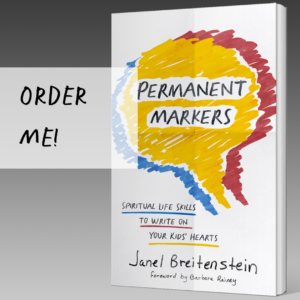


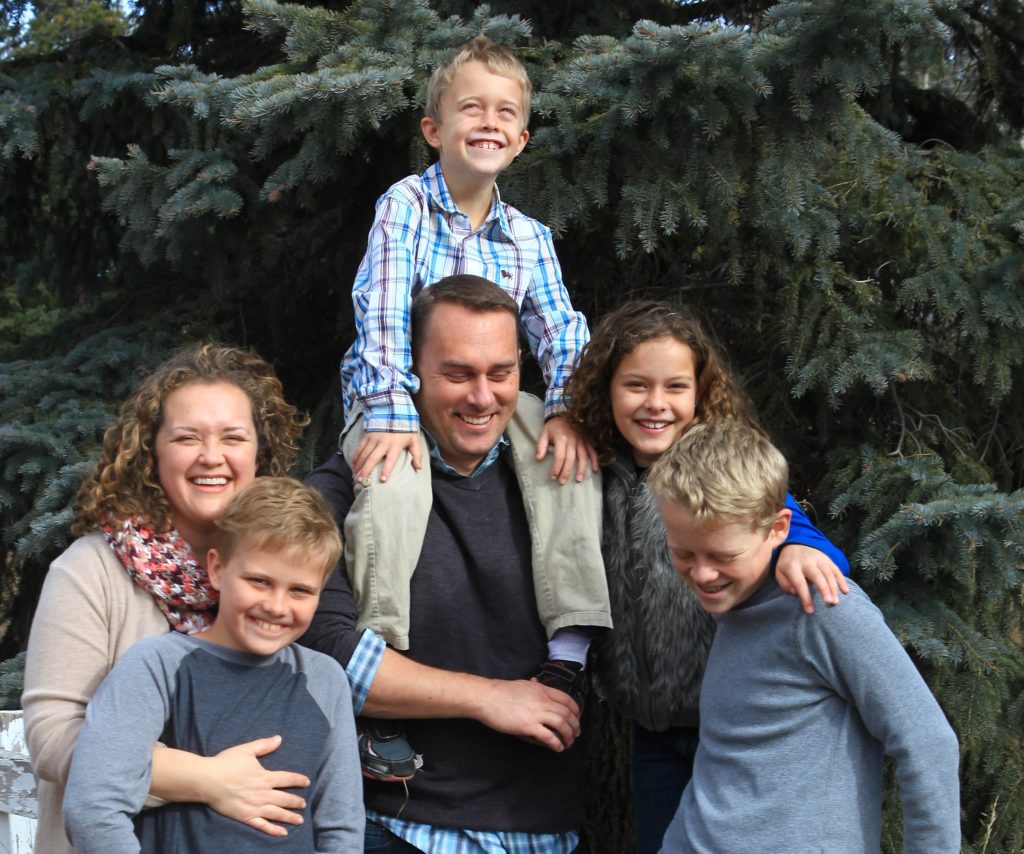

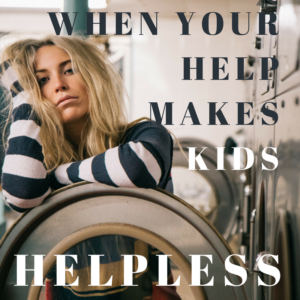


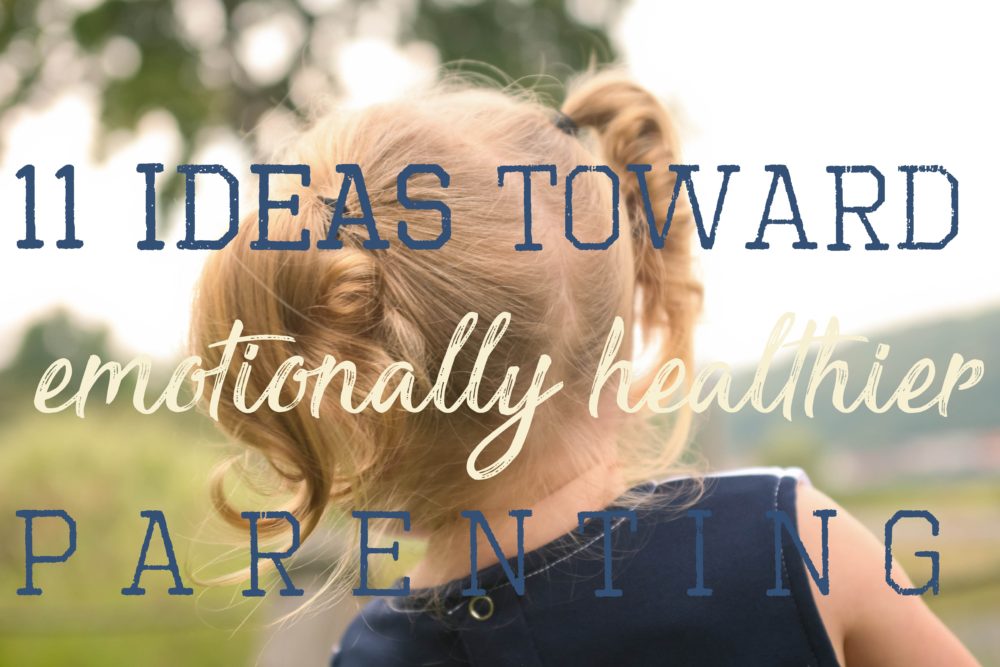

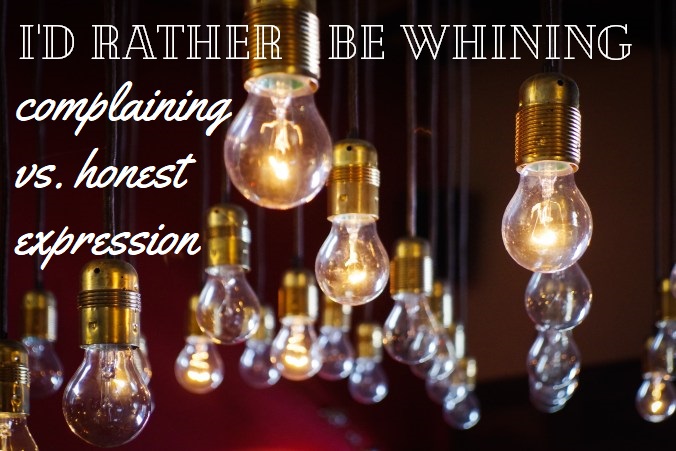

![Now You're Speaking My [Love] Language Now You're Speaking My [Love] Language](https://www.janelbreitenstein.com/wp-content/uploads/2015/08/love-languages-text-1.jpg)





Leave a Reply